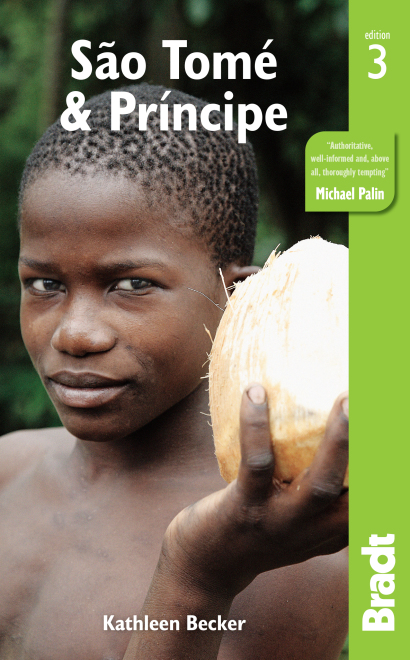Around the turn of the 20th century, there were some 150 plantations on São Tomé and Príncipe. Set up by the Portuguese for the production of cocoa and coffee, these estates were self-contained, self-sufficient universes, operating largely outside the colonial administration’s remit.
With independence in 1975, the world of the roças changes forever as some 200 plantations were nationalised. While this move was widely supported, a lack of subsequent investment and dip in production saw many of the facilities fall into disrepair.
Today, a visit to any plantation, off the beaten track in particular, gives a poignant insight into the islands’ colonial history, not to mention wonderful photographic opportunities: ferns and palm trees reclaiming the land, slowly obliterating the traces of human intervention.
São Tomé
Roça Água Izé
Água Izé, a 30-minute drive from the capital, is one of the biggest (2,600ha), most photogenic, and most-visited plantations. This is where commercial cocoa production first started in the mid 19th century. When the man responsible for introducing cocoa to the islands, João Maria de Sousa e Almeida, was made First Baron of Água Izé in 1868, he was the first mulatto nobleman in the Portuguese colonies.
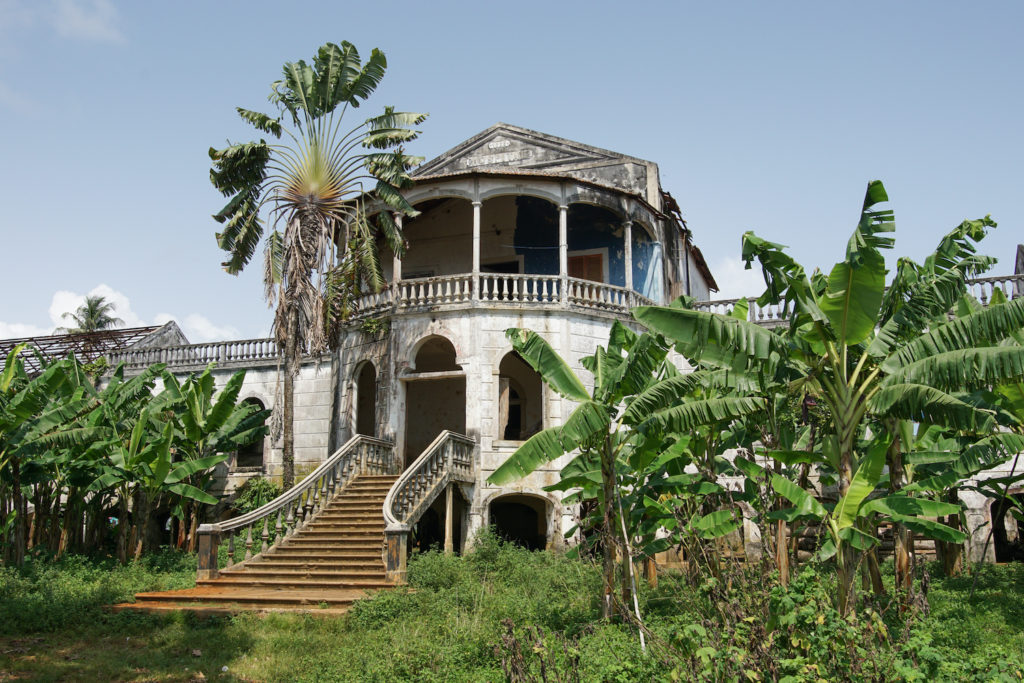
In 1884, Água Izé had 50km of internal railway lines running through its 80km2 territory and 50 European employees overseeing 2,500 Angolan contract workers. Today, production is fairly reduced, but if somebody is around, you should be able to taste the cocoa beans.
From the top of the hill, you have one of the most photographed views on the island: the beautiful staircase of the crumbling hospital, dating from 1928. In its day, this was a state-of-the art hospital, the best in West Africa.
Roça São João
Overlooking the bay of Santa Cruz, this rural ecotourism plantation is a São Tomé landmark. For the past 25 years, João Carlos Silva has been a man on a mission: to transform the former slave trade hub of São Tomé into a hub for culture, especially for countries sharing the Portuguese language. Foodies should make a point of signing up for one of their cookery classes, which are a true farm-to-table experience.
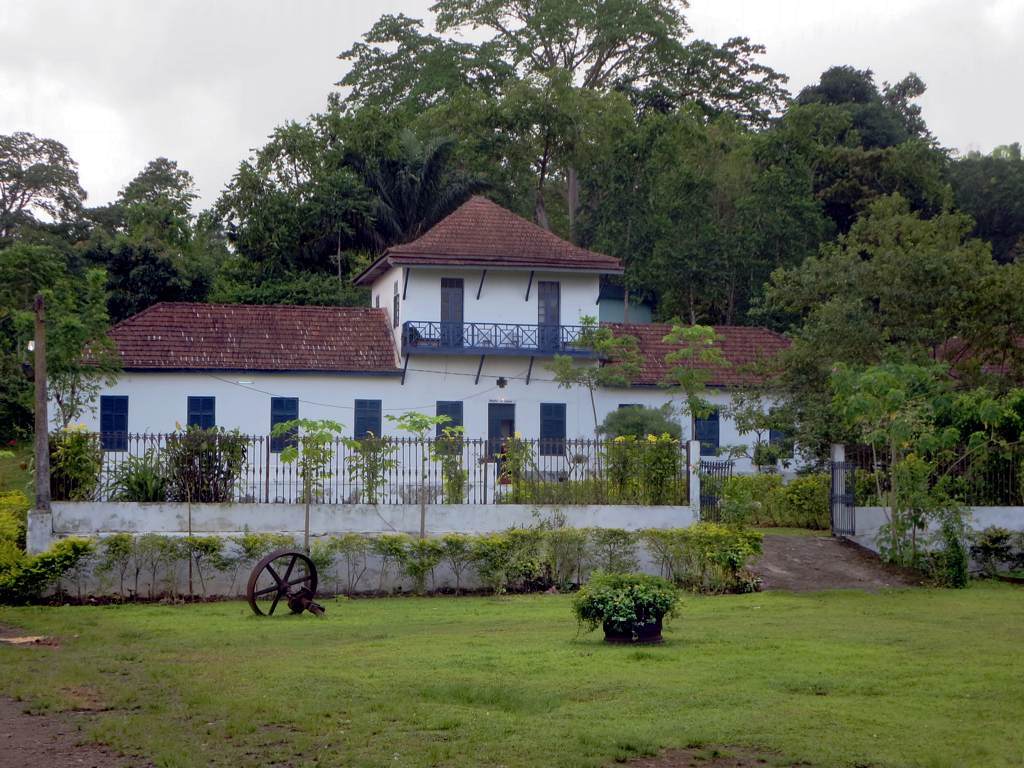
A bit set back in the grounds, past the calabash trees and passionfruit hedges, is the former Hospital da Criação, which has spaces for art and music classes. Especially when you’re on your own, sensitive minds will feel the heavy history of a plantation hospital.
Roça Nova Moca
At an altitude of between 800 and 1,000m, in the shade of flame trees, Nova Moca plantation is perhaps the most important centre for new agricultural initiatives in São Tomé and Príncipe, and today grows most of the country’s coffee for export.
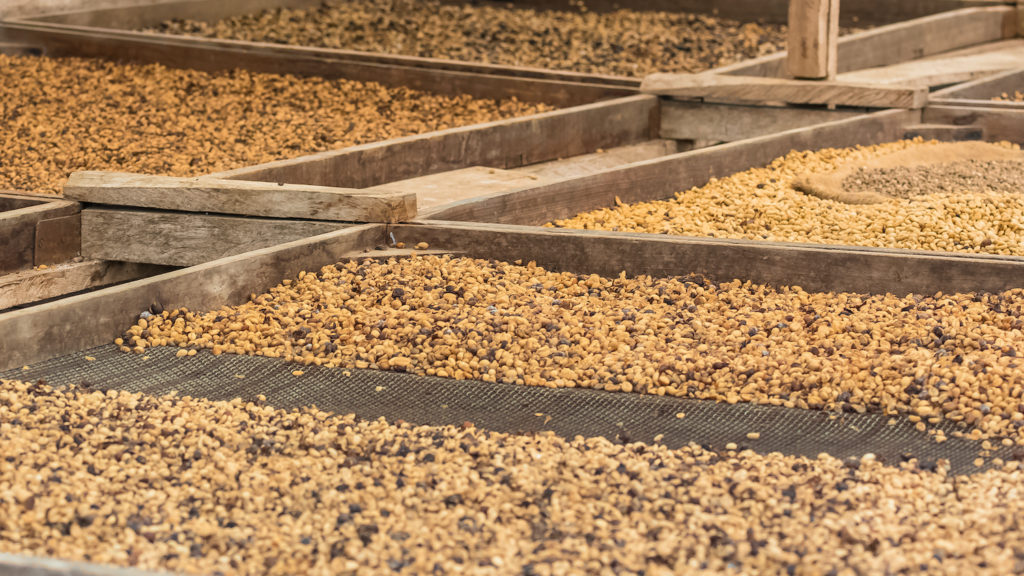
The concession-holder of Nova Moca, who single-handedly revived coffee culture in São Tomé, is Claudio Corallo. Born in 1951 in Florence, the tropical agronomist is passionate about cocoa and coffee, and first gained his expertise cultivating coffee in Zaire (now Democratic Republic of the Congo) in the 1980s. The family moved to São Tomé in 1995 and, undeterred in their gourmet quest, acquired a cocoa plantation on Príncipe: Terreiro Velho.
They now cultivate four varieties of coffee – three arabica and one robusta – to produce the single-estate blends ‘Jambo’ and the more expensive ‘Selecção’. If you want to experience the difference in taste, Corallo produces coffee beans from the different varieties covered in chocolate made with cocoa from his Príncipe plantation. They offer different taste sensations, with coffee and cocoa hitting the palate in a different sequence, explained in a leaflet that’s also available in English.
Roça Agostinho Neto
The biggest (3,380ha) and most impressive plantation on São Tomé might seem familiar as it featured on the back of the old 5,000Db note until 2018. Built in typical Portuguese colonial style, this plantation was once one of the island’s biggest producers of cocoa, alongside bananas, wood, coffee and copra. Originally called Rio do Ouro (‘golden river’), the plantation was renamed for the first president of Angola, Agostinho Neto, in 1979 to commemorate the political, military and financial help his government gave to the young republic; his bust still greets visitors on arrival.
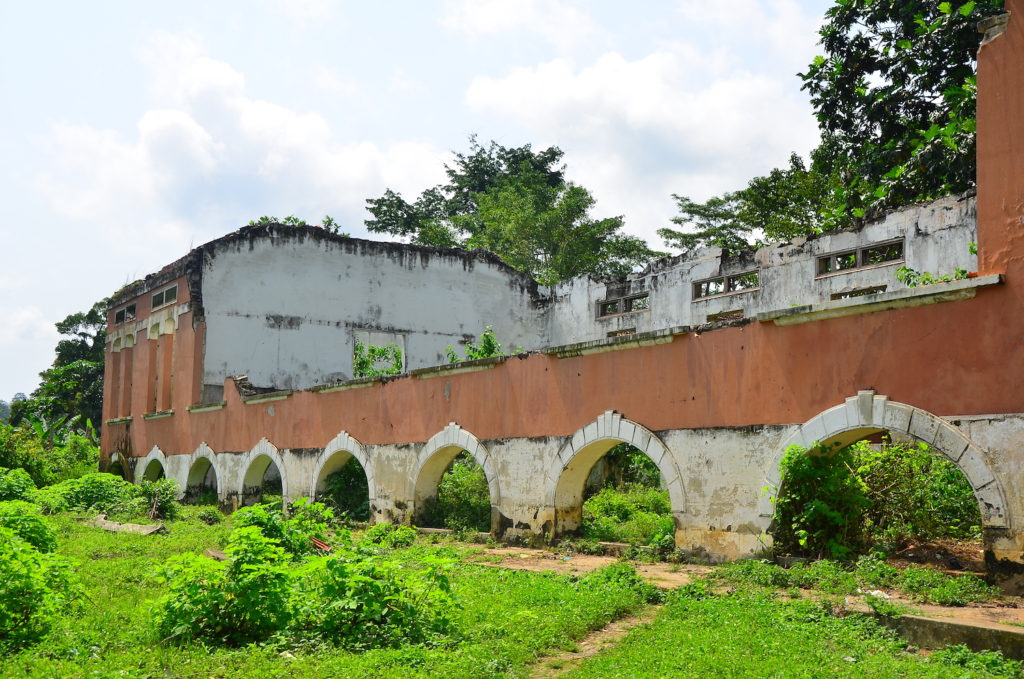
Following the old railway tracks up, the drive is lined with offices and workshops once used by the colonial administration. The building with the clock now houses fruit processing and an evangelical church. The left side of the hospital collapsed in 2014, and if nothing is done, the right-hand wing won’t be far off. From the upstairs window you get a sweeping view of the plantation. There is a little waterfall about a 30-minute walk away, which not many visitors take the time to explore. The botanical garden is great for relaxing in the shade, but as it now houses the provincial government administration, you have to pay to get in.
Roça Uba Budo
Set 5km inland from Santana, this is a small but interesting plantation to visit, less for its beautiful administrator’s house than for an opportunity to see the whole process of cocoa production.
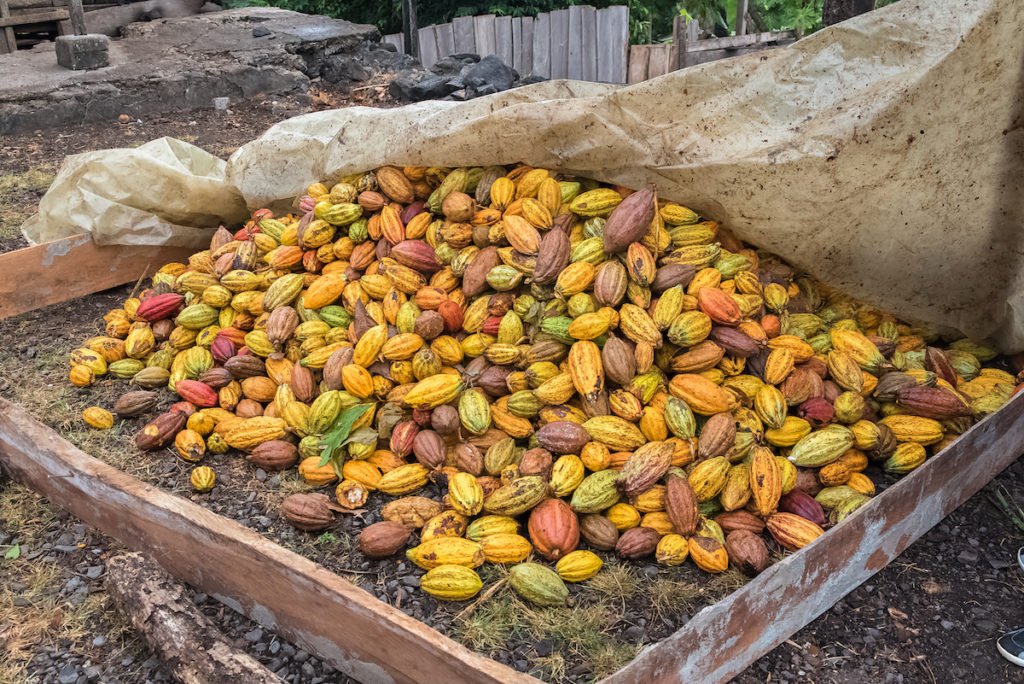
Uba Budo is a Santomean-run plantation with a few hectares of plantation land, lots of driers and a processing unit on site. The community has, however, little interest in tourism it seems, so don’t expect organised activities unless you arrive with a guide of your own.
Príncipe
Roça Sundy
Covering an area of 1,657ha, Sundy is the biggest plantation on the island and gives you a real idea of how self-sufficient some roças once were. This was the only coffee-producing plantation on Príncipe. Roça Sundy is some 10km from the capital, and it takes a good while to walk all the way around it, so it’s best to start early.
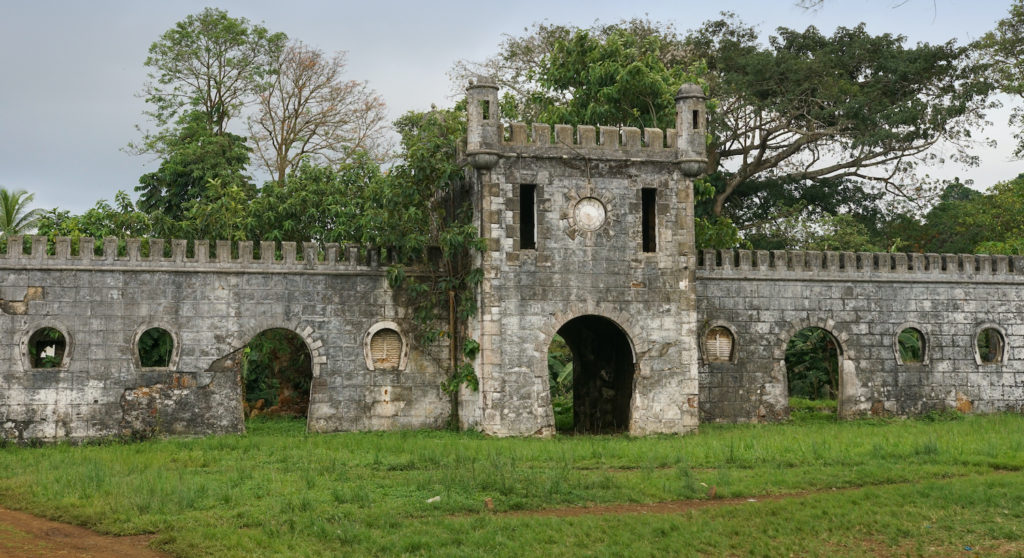
The whole place, with a large rectangular tree-lined square at its centre, is surrounded by a crenellated wall. On the far side of the square, the former stables have photogenic horseshoe-shaped windows. Railway tracks can still be seen in the soil, and the long-rusting locomotive has been polished up for display and sits nearby.
The currently dilapidated former hospital is to your left as you enter, majestically flanked by two towers. Roça Sundy is now operated as a plantation hotel, and the former owner’s house visible in front of you, once reserved for the likes of Portuguese president Marcelo Rebelo de Sousa, is today used by paying guests. There are gorgeous views out to sea from the balcony and bedrooms upstairs.
Roça Belo Monte
You enter this plantation through a fairytale-style, if slightly askew, crenellated entrance gate, recently repainted yellow. Even if you are not staying at the plantation, Belo Monte is well worth visiting for its historical atmosphere, and the wonderfully educational Forever Príncipe Museum – with panels in Portuguese and English – is an excellent option for a rainy day. The casa grande is a double-storey mansion with arched windows and doors and bare wooden floors.
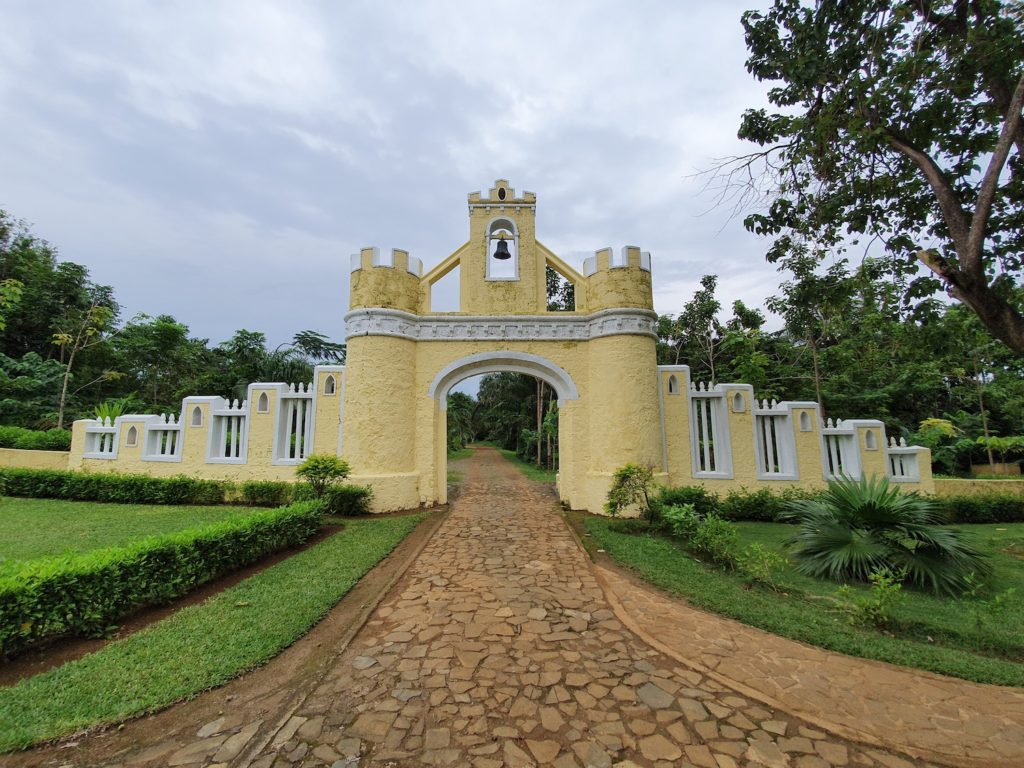
A short walk south from the plantation leads to a telecommunications mast with a viewpoint for Praia Macaco. What most visitors do, though, is head north to a sweeping balustrade terrace, the miradouro, the best viewpoint for Praia Banana, also reached after only about ten minutes.
Roça Terreiro Velho
This plantation is situated about 6km south of Santo António by road. Take the steep road up past Santo Cristo, where the Italian Claudio Corallo grows the Forastero cocoa for his famous chocolate, and where women workers remove the minuscule bitter stem from each cocoa bean by hand.
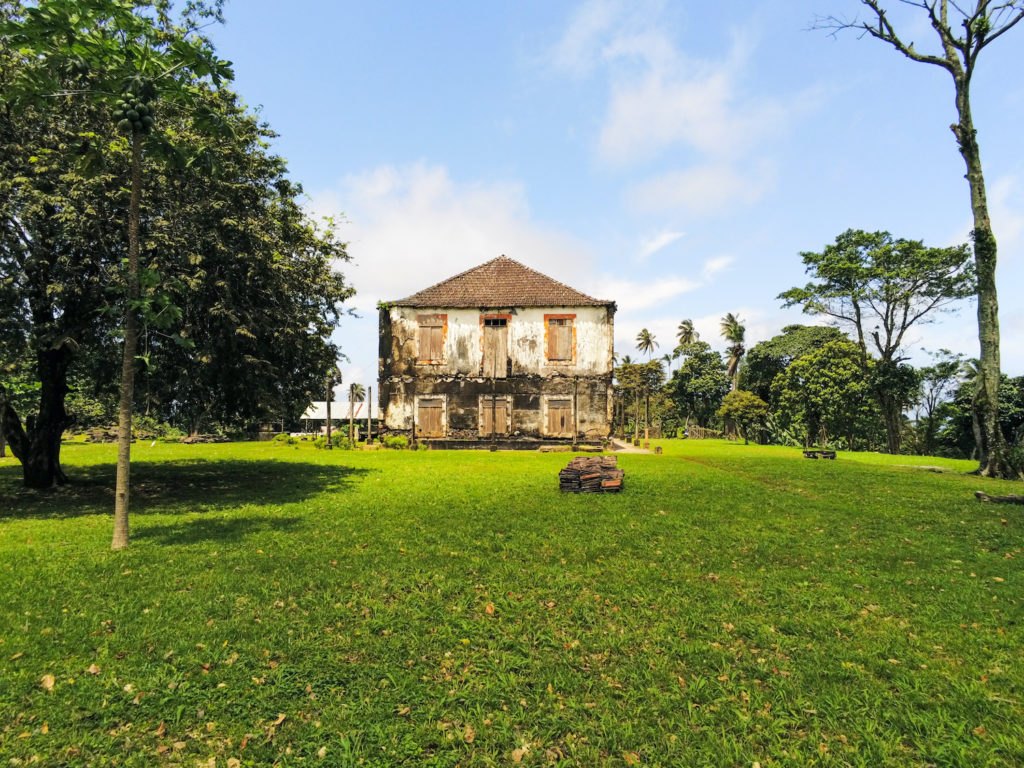
While you may not enter the plantation as such, you can ask for somebody to take you to the waterfalls on Oquê Pipí, a couple of hours’ hike away, where it’s possible to spot the Príncipe kingfisher. Note though, that the falls only really flow in the rainy season. Your guide may also show you inside the humble houses of the senzalas (workers’ quarters). Most of the people living on the plantation work in the fields, growing basic food crops like matabala (cocoyam) and manioc (cassava) to feed their families.
More information
Learn more about São Tomé and Príncipe’s historic plantations with our guide:
